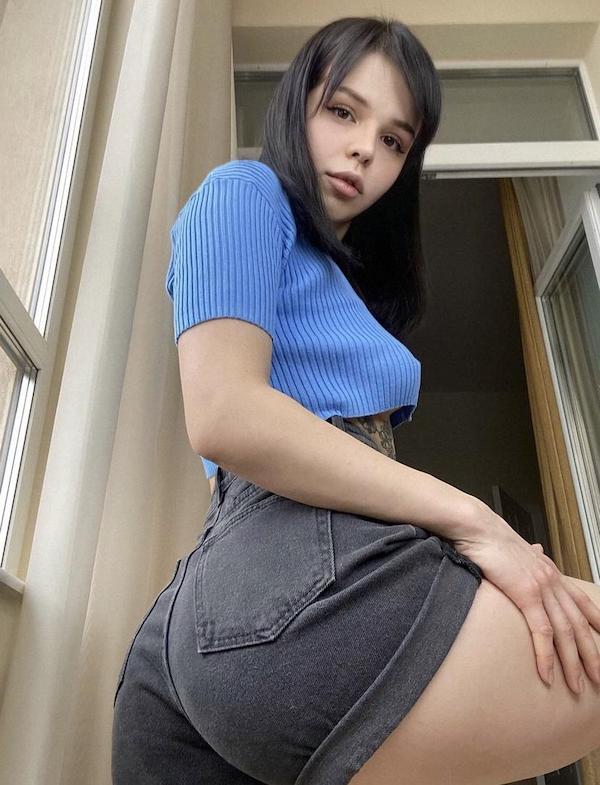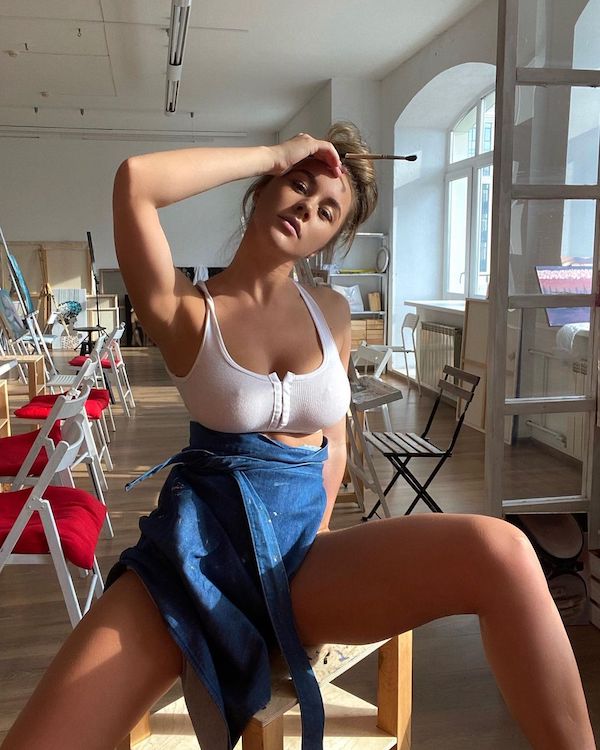Fashion, an ever-evolving art form, transcends mere clothing; it’s a narrative woven through time. From the opulent attire of historical epochs to the cutting-edge trends of today, fashion is a kaleidoscope reflecting the spirit of each era. This article delves into the captivating journey of fashion, exploring its historical roots, transformative phases, and its contemporary significance.
















Fashion’s rich tapestry begins with its roots entrenched in history. Ancient civilizations, such as the Egyptians and Romans, used clothing not just for modesty but as a symbol of status and identity. The intricately woven fabrics, adorned with jewels and embroidery, spoke volumes about the wearer’s social standing. As centuries unfolded, fashion became a cultural emblem, each civilization contributing its unique thread to the grand narrative.














The Renaissance marked a rebirth in arts and culture, with fashion at the forefront of this revival. Clothing became a canvas for artistic expression, and elaborate garments adorned with lace, silk, and embellishments showcased the craftsmanship of the period. The intricate corsets and voluminous sleeves of the Elizabethan era embodied the fusion of fashion and artistry.










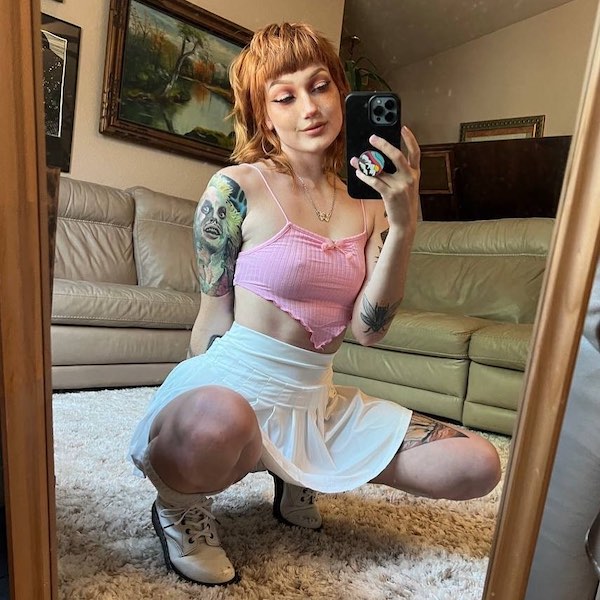

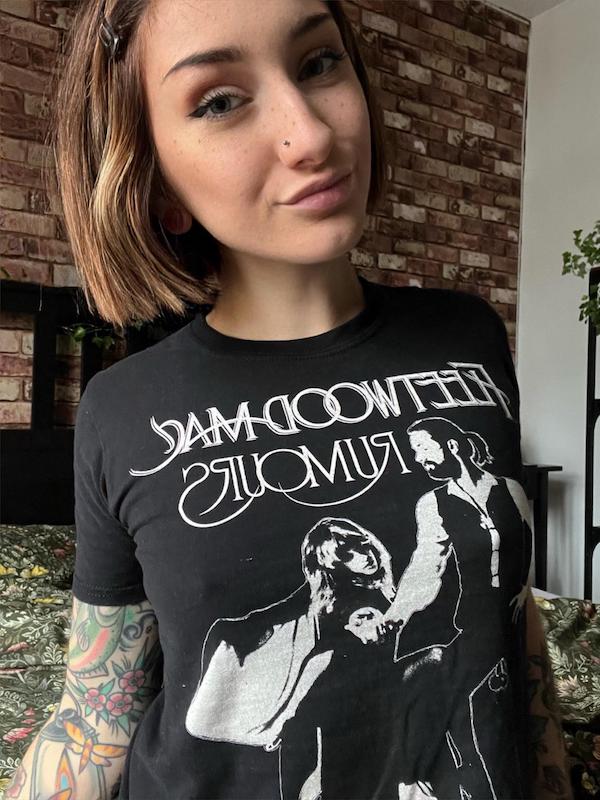



The Industrial Revolution brought about a seismic shift in the fashion landscape. Mass production replaced meticulous craftsmanship, making fashion accessible to a broader audience. Ready-to-wear clothing emerged, transforming the industry and paving the way for iconic brands we recognize today. The Victorian era’s crinolines and bustles reflected the societal changes, mirroring both progress and constraints.
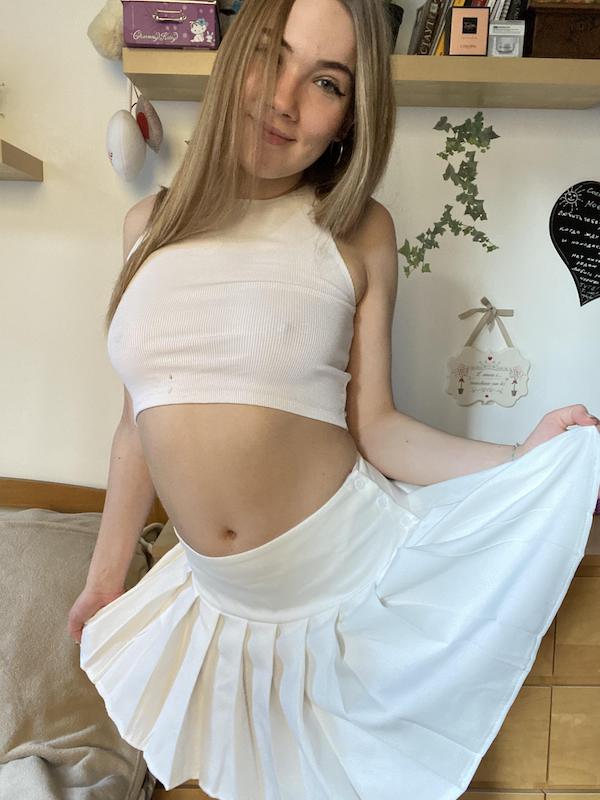
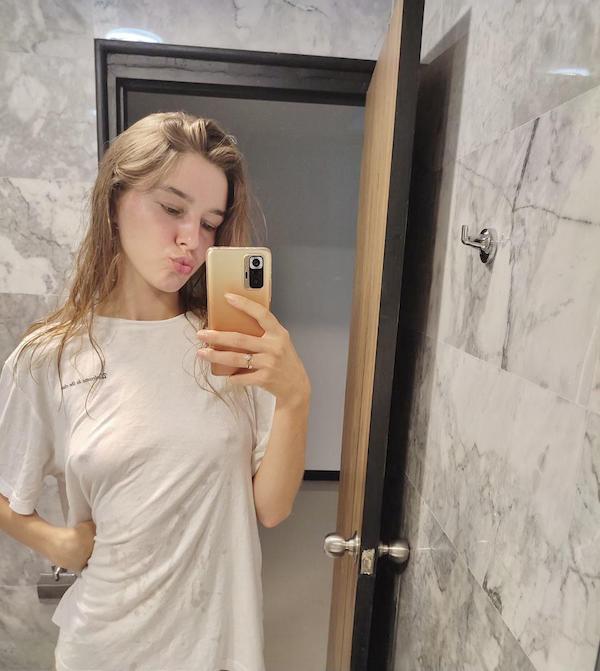













The 1920s ushered in an era of liberation, with flapper dresses challenging traditional norms. Post-World War II, fashion witnessed a Mod Revival, characterized by bold patterns and minimalist designs. The Swinging Sixties embraced a youthful, vibrant spirit, with icons like Twiggy influencing fashion globally. The cultural shifts of these decades manifested in clothing that mirrored the changing societal paradigms.
